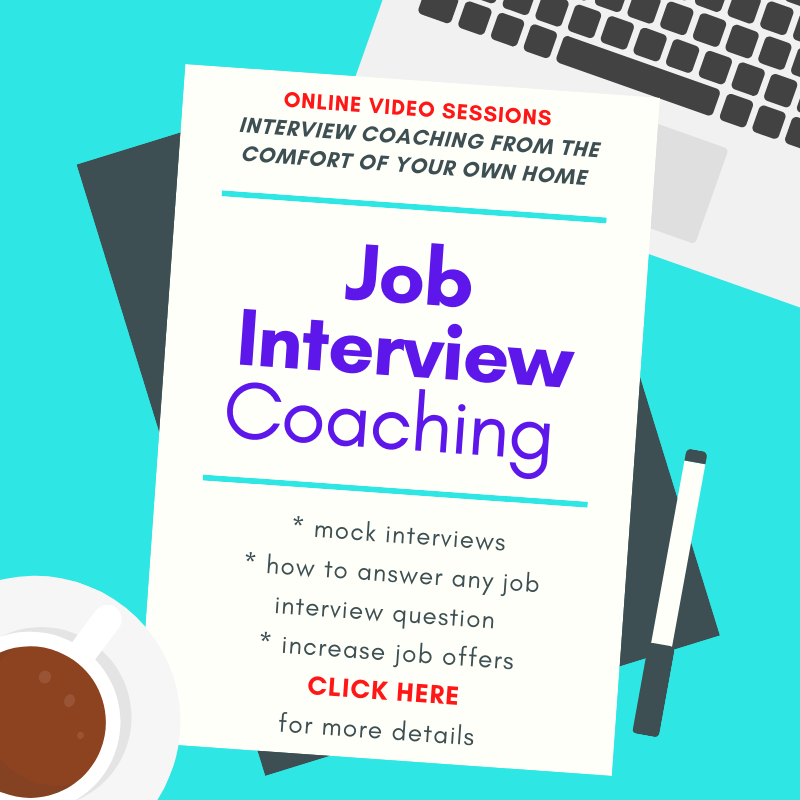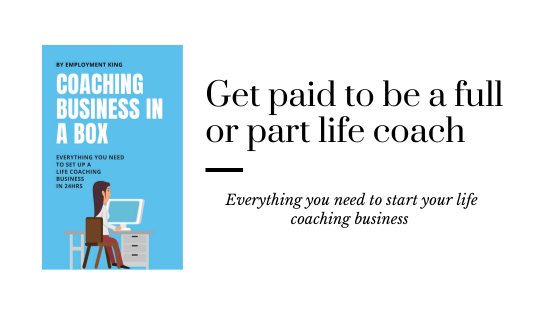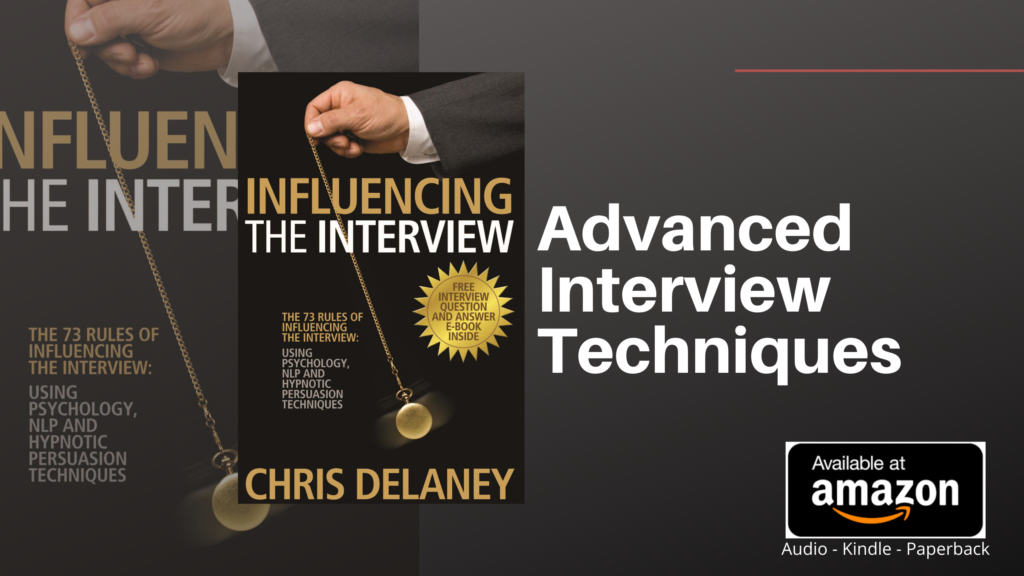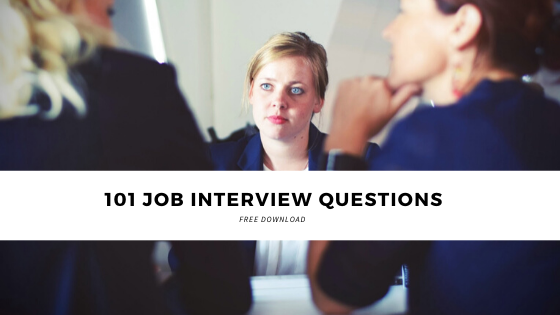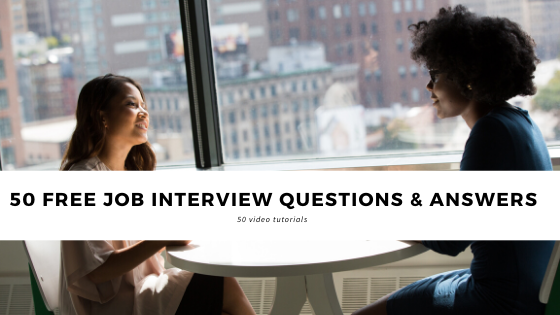First impression are vastly important.
In fact, research shows how 5 % of employers make a hiring decision within a few minutes of meeting a candidate, and 35 % within 5 minutes of the initial introduction.
Therefore, the interviewee’s introduction is key to winning a job offer.
There are two types of interview introductions:
- The walk-in introduction
- The interview introduction
The Walk-in introduction
On arrival, all applicants walk-in to the employers building (unless the candidate is attending a virtual job interview) and introduce themselves.
Many career professionals don’t bother to prepare for this initial interaction with the office receptionist.
Why should they, when the all important job interview is minutes away?
According to a recent post on Reddit, an interviewee made the mistake of not being professional during the walk-in introduction.
The applicant walked into reception and was greeted by a friendly receptionist who attempted to create a conversation. The ignorant applicant was dismissive and didn’t even bother to look the receptionist in the eye.
A few moments later, the candidate finds himself in the interview room, and who walks in…the receptionist! Well not quite. In turns out that the receptionist wasn’t the receptionist at all. In fact, she was the hiring manager.
First impressions are visual.
The employer makes a snap decision about the applicant as soon as they see them coming through the door.
It is the applicants outfit, postures and eye contact that creates an positive or negative impression.
How to be seen as positive as you walk into reception.
- Wear professional clothes with a style that suits your body type
- Smile – smiling is seen as a positive trait
- Hold your head high and look directly at the receptionist
- Walk with determination
Next, the impression can be alerted by the tonality and communication style of the interviewee.
Well paced and professional communication works best. Prior to the job interview, complete vocal warm ups . Warming up your voice helps to overcome any nervous giveaways by the voice.
Avoid:
- Filler words
- Whispering/mumbling
- Shouting
- Coughing
- Hand over mouth (which anxious applicants are likely to do)
- Short sharp breaths which alters the natural sound of your voice
Before introducing yourself to the receptionist, wait for the receptionist to stop what ever it is they are doing. When asked “How can I help?”, in a clear voice say:
“Good morning/afternoon, my name is X I have an interview appointment with (hiring manager) at (time)”
When speaking, look the receptionist in the eye.
As the receptionist would have been expecting you, they are likely to ask you to take a seat while they ring through to the interview panel.
If the receptionist makes small talk, reply back being friendly and professional.
Interview Introduction.
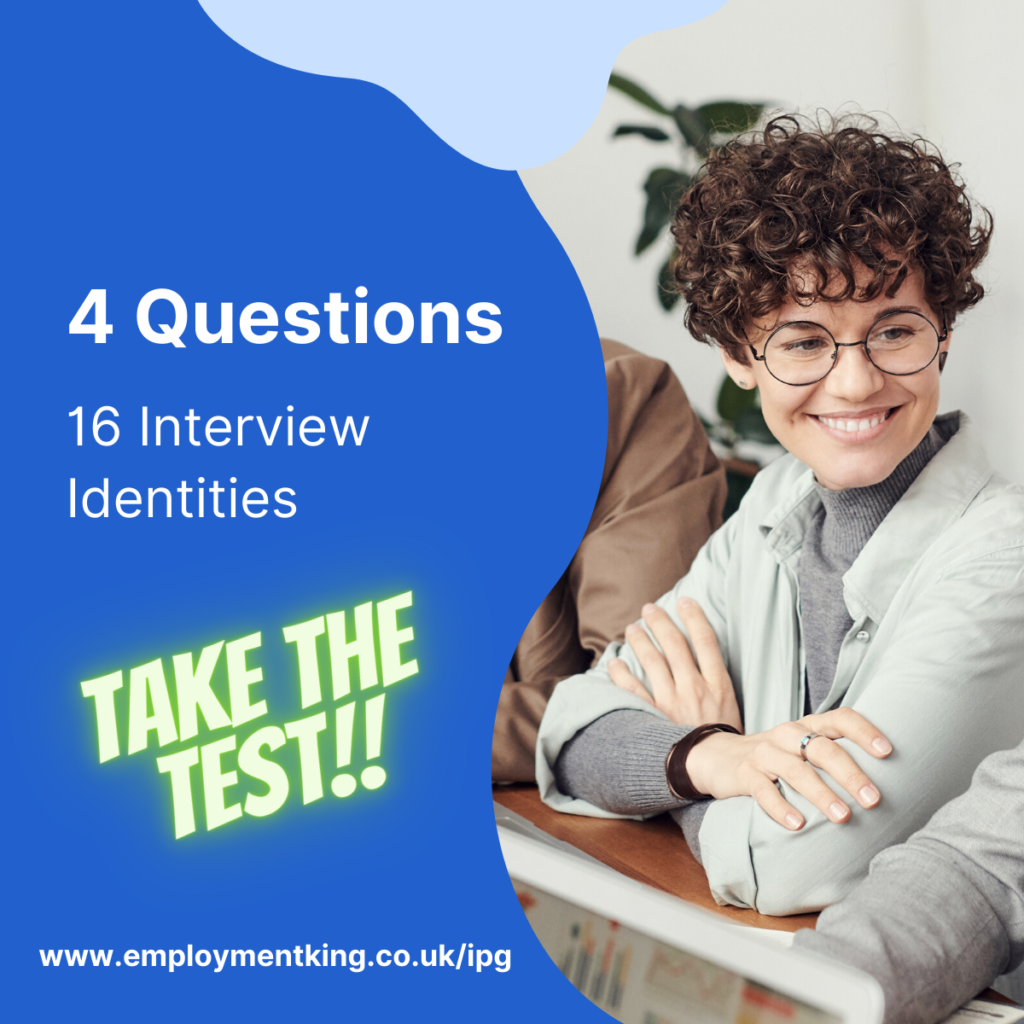
The introduction to the interviewer(s) happens in two stages.
In most situations, one of the interview panel will collect you from reception.
Often they will ask “Hi, are you (name) for the (time) interview?”
How you respond helps to shape a positive or negative impression.
Again avoid mumbling, looking down or a sweaty handshake. Instead, look the interviewer in the eye and say “Yes, nice to meet you” before offering your hand.
As the employer walks you to the interview room, generate small talk as this 1) warms the voice up prior to the imminent interview and 2) makes you seem more confident.

Meeting the interview panel.
As the employer takes you into the interview room, you will be introduced to the rest of the interview panel.
Commonly, the member of staff who met you at reception will introduce each interview panel member in turn and by name.
Pre-interview research is key here. As you are introduced to some of the interview panel, use your research to generate a conversation. As an example:
Employer: “this is Mrs X, he head of the department.”
Applicant: “Mrs X, didn’t you win an award last year for…..”
This referencing opener generates massive rapport helping to create a successful interview outcome.
3 rules for a successful job interview
- Rule 1 – identify the job criteria
- Rule 2 – be a self-promoter
- Rule 3 – communicate with confidence
The power of the three rules is down to how, when combined, they help to sculpture a positive interview identity.
An ‘interview identity’ is one of sixteen interview personality types that are prevalent in the job interview. The identity is how an employer perceives the applicant.



